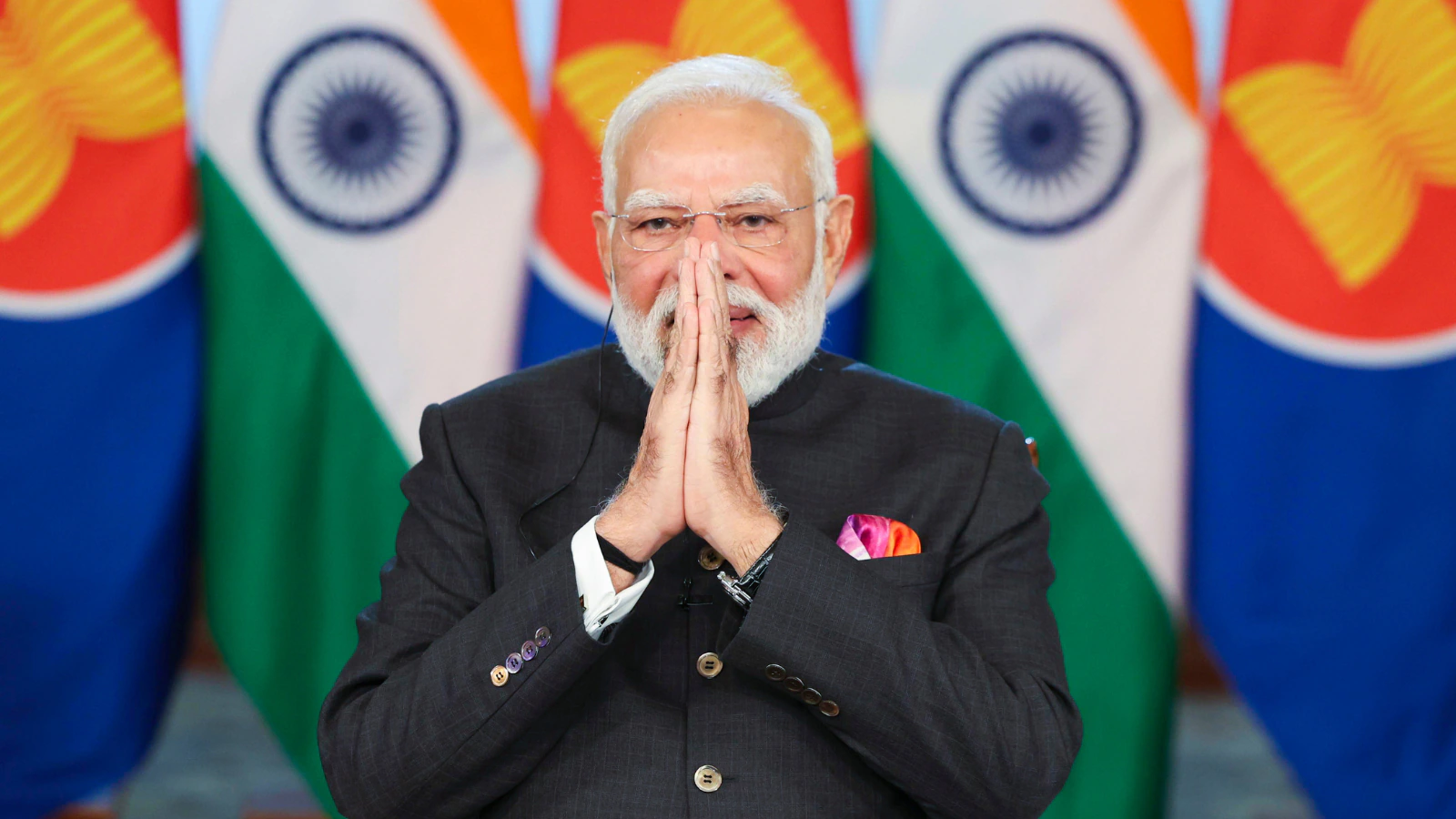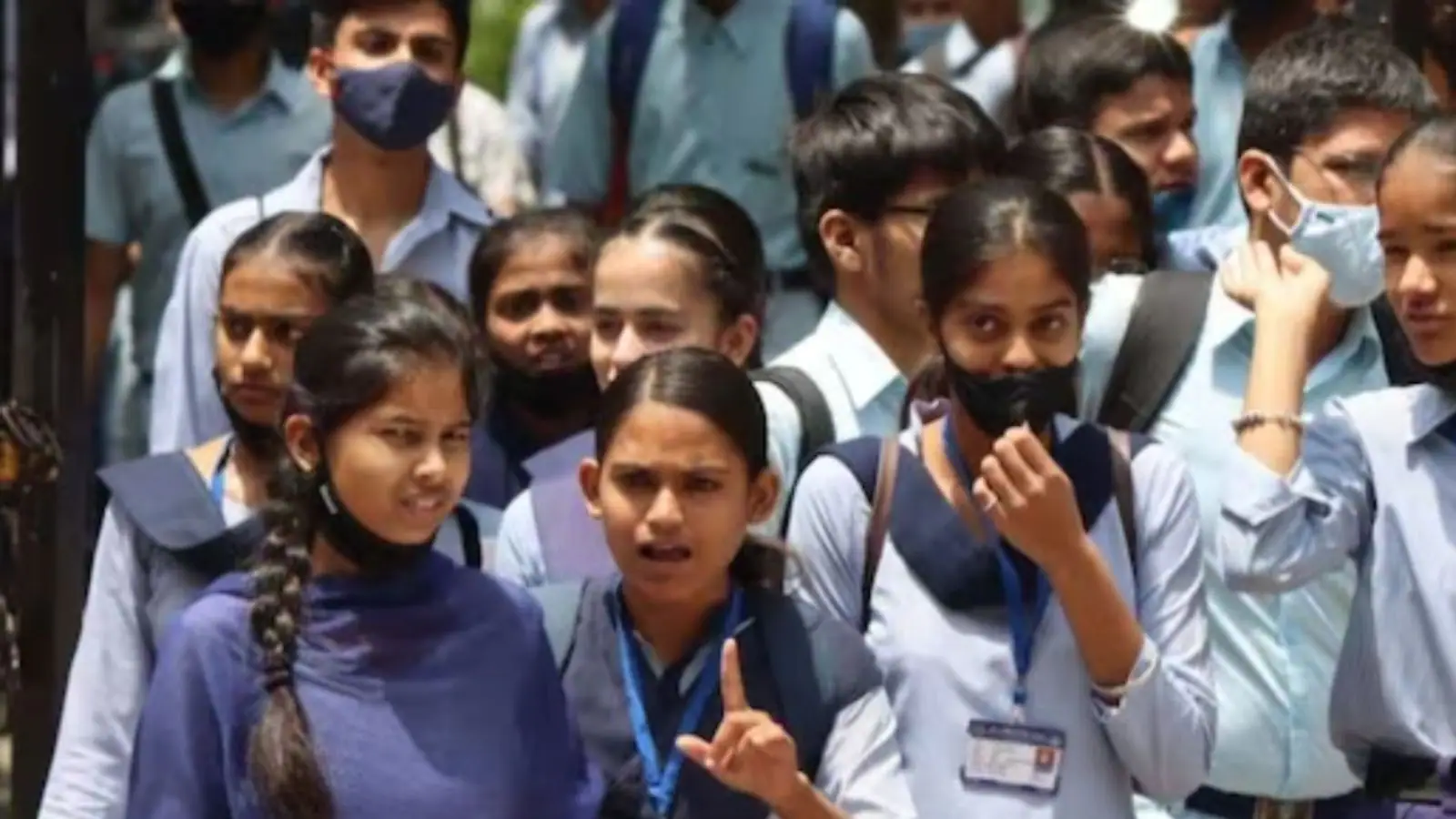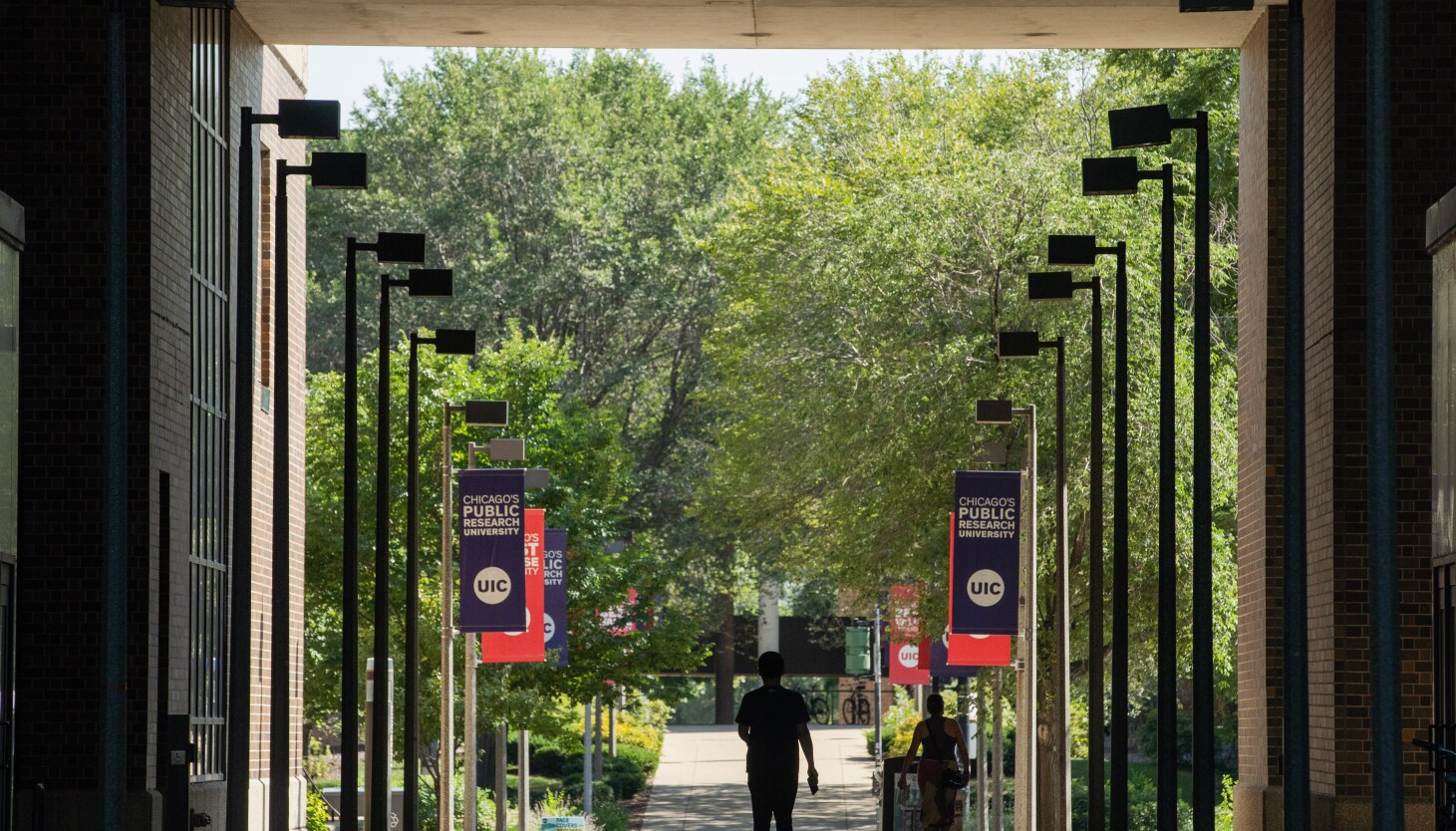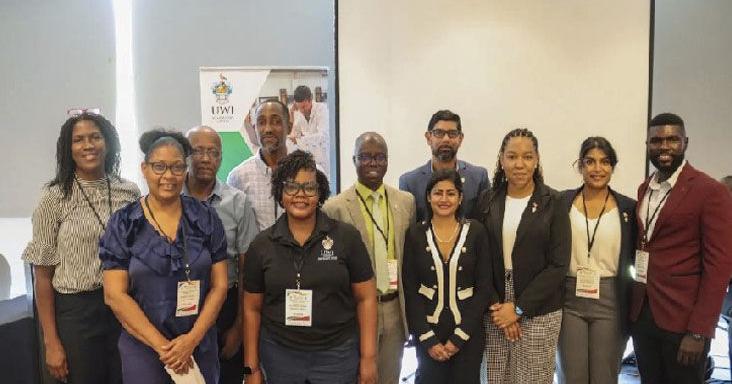Copyright news18

We are in the third decade of the Asian Century and, by far, the Asian countries have established that what was dreamed of and speculated will become reality very shortly. ASEAN, India, China, Japan, South Korea — all these Asian nations combined have evolved to be the leaders in various industries. To this end, India is far way ahead under the visionary leadership of Prime Minister Narendra Modi and his diplomatic strategy towards Asian nations, especially ASEAN. Modi’s ASEAN outreach is not confined to security and state-to-state relations; it further enunciates people-to-people connectivity. Beginning with security, the Modi government has strengthened engagement with ASEAN nations under the ASEAN Outlook on the Indo-Pacific (AOIP) and Indo-Pacific Oceans Initiative (IPOI). India, after 2014, has also enhanced its regional presence by being proactively involved in naval exercises, coordinated patrols, and sharing of information. A joint and collaborative approach to cybersecurity and counter-terrorism is another dimension where India is bolstering its security presence in the region. Thereafter, as an ethical partner, India has also furthered its defence export and technology cooperation so that the defence nations of ASEAN become self-dependent, and further ahead in this line, India has also set up a Defence Line of Credit for ASEAN nations. However, India’s regional security policy is not merely in the form of traditional and military security, but it has also incorporated human security into its engagement with the ASEAN nations. Regional disaster management and collaboration frameworks have been instituted by the Indian National Disaster Response Force (NDRF) and the ASEAN Humanitarian Assistance Centre (AHA Centre). To build flood, typhoon, and sea-level rise resilient infrastructure, India also initiated the Coalition for Disaster Resilient Infrastructure (CDRI), along with Indonesia, the Philippines, and Singapore. India emerged as a first responder in the Indo-Pacific region due to its responsible role in humanitarian assistance, particularly after major natural disasters. Going forward, India’s diplomatic interaction with ASEAN, as discussed above, is not just state-to-state security relations. It’s a move to unite and connect the people with knowledge and values. India and ASEAN have embarked on a new era of value exchange and knowledge sharing through collaboration in the education sector. India’s diplomatic expansion to ASEAN nations has shifted strategically to establishing a robust, sustainable relationship through the energetic medium of education. It is not merely student mobility; it is a calculated move to establish a “knowledge bridge” that will establish a pro-India constituency among the next generation of ASEAN leaders, professionals, and scholars. The strategy is multi-pronged, geared towards exporting and importing excellence in education and thus positioning India as a reference point in the intellectual map of the region. Mutual recognition of qualifications is one of the pillars of this enterprise. What might seem to be an administrative process is, in fact, revolutionary. It dissects a significant barrier that previously stopped Indian graduates from pursuing employment opportunities or further education in ASEAN countries. Indian degrees currently have greater mobility and credibility, effectively unlocking an enormous market of job opportunities for Indian talent among the rapidly expanding ASEAN economies. Not only does this bring benefit to individual students, but it also increases economic interdependencies through offering compliant manpower to the desired Indian standard of education. India is actively fostering a two-way movement of students simultaneously. Scholarship schemes, especially with top universities in Singapore and Malaysia, open up high-quality education to Indian overseas students. Increasing numbers of Indian students are willing to seek higher studies in the East due to these programmes, which are also an official validation of such academic collaborations and mitigate the financial burden. India is, on the other hand, actively promoting its best universities to ASEAN students. Providing 1,000 PhD fellowships to ASEAN nationals at top Indian Institutes of Technology (IITs) is one of the initiative’s flagship projects. It is a significant investment in top-notch human capital, as some of the most talented students in Southeast Asia are flocking to India’s top STEM schools. These students will develop strong personal and professional relationships with India and become outstanding ambassadors for the country upon their return, making the long-term benefits well worth the investment. This school exchange model is made possible by systemic accessibility. The main agencies are the Indian Council for Cultural Relations (ICCR), which offers the “Admission to Alumni” (A2A) platform, and provides ASEAN nationals with a range of scholarships. Additionally, with the start of a quick e-visa service for students by the government of India, international students have an easier time obtaining visas. This comprehensive approach, which combines excellent fellowships, scholarships, and removal of red tape, is an attempt to position India as a centre for international education. In addition to strategically constructing a knowledge bridge, the Indian government has successfully employed tourism as a key instrument of its ASEAN diplomacy. The focus on people-to-people connection has shifted from a straightforward economic activity to a powerful instrument for soft power. The secret to this tourism explosion is a set of judicious and customer-focused policy interventions. The e-visa has been a game-changer. By simplifying the application process and removing the need for visits to the embassy, India made itself a more spontaneous and convenient destination for ASEAN travellers. On the outward front, the major push has been to enhance physical connectivity. The initiation of flights connecting Indian tier-2 cities such as Ahmedabad, Kochi, and Lucknow to big ASEAN centres like Singapore, Bangkok, and Kuala Lumpur has been instrumental in promoting people-to-people exchange between the countries. This action decentralised travel, making it accessible for millions of Indians outside the metropolitan elite of Delhi and Mumbai to see Southeast Asia. This increased accessibility was further amplified by the tourism sector, which responded with a boom in cheap, package tours to appeal to the Indian middle class. The economic impact of such measures has been phenomenal. The annual outflow of over 5 million Indian tourists to ASEAN countries represents a significant economic transfer, with estimated spending of USD 4.8 billion. The graph demonstrates the enormous purchasing power of Indian tourists, as well as their significant influence on the travel economies of Thailand, Singapore, Malaysia, and other nations. However, the approach to outflows is not biased. The main goal is to boost tourist attraction by giving ASEAN nationals the opportunity to witness India’s unmatched civilisational beauty. In 2024, ASEAN and India took yet another significant step by endorsing a Joint Leaders’ Statement on Sustainable Tourism. Beyond numbers, both countries have agreed to promote inclusive and ecologically friendly travel. The deal requires India to facilitate Travel for LiFE initiatives, an international movement towards sustainable living, and implement the “Reduce, Reuse, and Recycle” approach. It also asks for the gradual phasing out of single-use plastics from tourist destinations. This progressive approach ensures that the extensive people-to-people exchange generated by free travel and communications will attract visitors, ensuring long-term sustainability of this valuable economic and diplomatic pipeline. In a nutshell, after 10 years of his signature Act East Policy that revolutionised India’s approach towards ASEAN, Prime Minister Narendra Modi has guided India-ASEAN relations towards an Asian Century of partnership based on security, civilisation, and common values to the state and people. Views expressed in the above piece are personal and solely those of the author. They do not necessarily reflect News18’s views.



